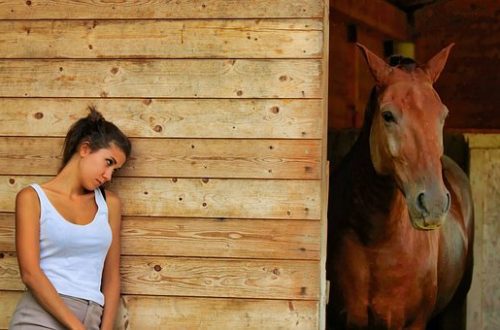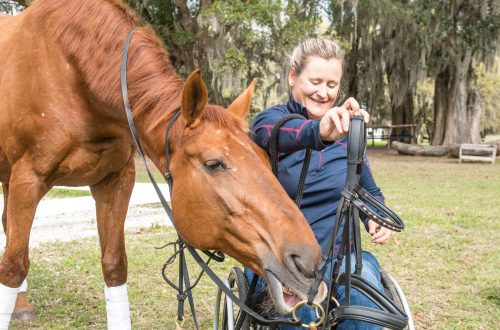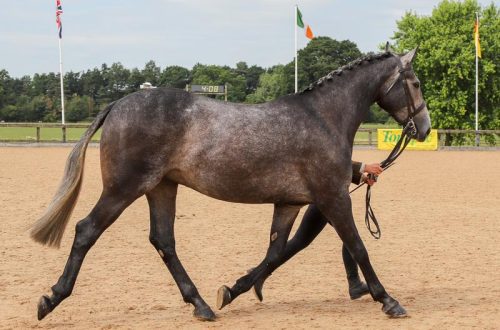
Magic wands for young or inexperienced horses
Magic wands for young or inexperienced horses
1. Schemes for working on poles on a cord
1.1. Arrow. This scheme is good for horses that don’t look where they put their feet!
You need to stand at a distance of 4,6 – 6,1 m from the shooter. The horse will walk over the poles in several different ways. She won’t be able to run the same arrow every time, so she’ll have to watch her feet!

1.2. Cross. This simple exercise is good for starting to teach a young horse how to work the poles. Stand in the middle and let the horse walk on the poles until he gets used to it. After that, it will be possible to start working at a trot.

1.3. Fan. This pattern is very useful for under saddle work, but also works well for lunging. Since lunge work is a circle work, this exercise will give excellent results.

1.4. Round barrel. If you don’t have a round barrel, then you can make a good alternative! Place poles on the ground to encourage the horse to stay on the circle, or put them up on racks!

1.5. free jump. This scheme is suitable for trying to start jumping a horse in freedom. Poles are used as guides to keep the horse in a straight line. They can be placed on short stances so that you can keep the horse on the lunge.
Start with three poles with distance through the pace. Let the horse walk over them at a gallop. Then gradually complicate the task – lift the last pole to make a Chukhon. Then you can add another one and make an oxer!

2. Simple schemes for working on poles under the top
2.1 This setup is ideal for achieving one of the most important goals in working with a young horse, gaining control over speed and various gaits.
The curve on the left is for working at the trot. The curve on the right is for cantering. Simply trot into the left curve, then canter the turn and follow the right curve. Then bring the horse back to trot and repeat the exercise.
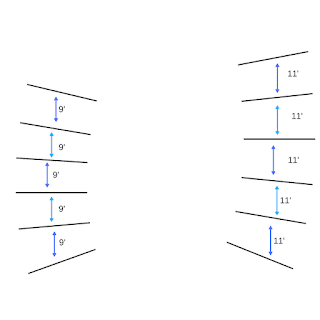
2.2 This circuit is also designed to develop control over the speed of the horse. Walk the first three poles at a trot, then bring the horse into a canter and walk three poles at a canter. Then trot again and trot the last three poles.
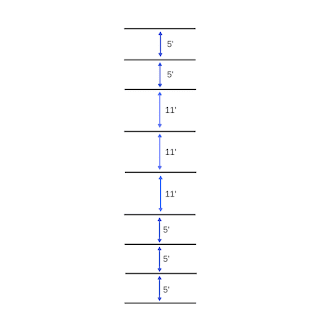
2.3 Another simple task is two lines of poles, one of which is trotted and the other is cantered. Use this exercise to control speed, help your horse follow his legs, and work with different distances.

2.4 This simple scheme includes 4 poles,located through the temp. This exercise is ideal for regulating the horse’s speed and helping him control his body. Approach the poles at a normal pace, then slow it down a little, and then get into the line at a higher speed.
The horse will have to work to keep from touching the poles, as a change in speed will mean that he will override the pole by pushing closer or further away from it.
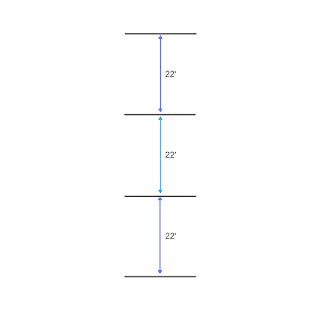
3. Work with the horse in the ranks
3.1. Scheme for working at a gallop. Place four poles across the canter pace, then when the horse can easily clear the row, add two poles to the exit pace. When the horse is comfortable working on these poles, make two crosses from the two poles at the pace and place another pole across the exit pace.
It is important to work on the exercise until the horse is confident and balanced on the course. Once she starts doing great, finish it!
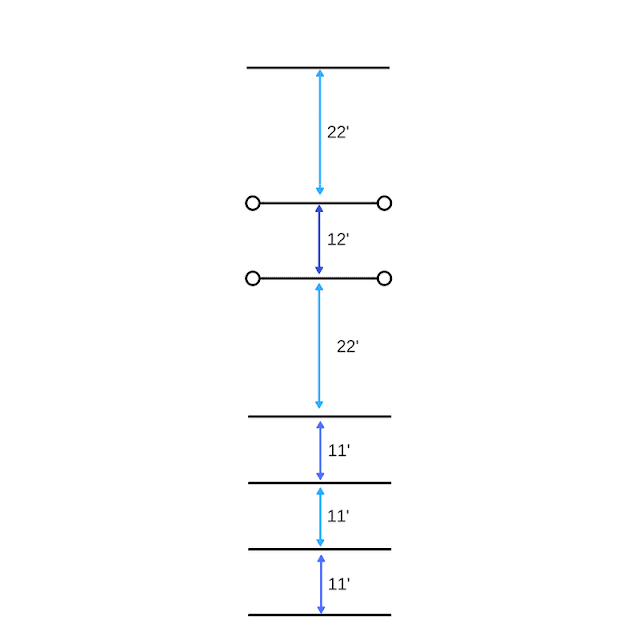
3.2. Scheme for a canter with two sections in tempo. Build a line of poles as shown in the diagram (the poles must be on the ground). Before crossing the first section of the poles to the pace, make sure the horse is confidently crossing the line of poles that are on the ground. Once the horse has mastered this row modification, make two small crosses from the second group of poles in tempo.
Work the pattern up and down. If all goes well, try going into the row on the left or right reins and landing on a certain foot.

3.3. Poles for a lynx with a Chukhon and an oxer. Рlay out the poles as shown in the diagram. Let all the poles lie on the ground for now. Warm up in this row – let the horse balance and get into rhythm. Then, pick up the fourth (central) pole and make a snuffball out of it. Go through the row several times. Then raise the oxer. Work until you feel that the horse is confident and balanced over the course.
You can swap oxer and duffel so that the horse jumps oxer first.
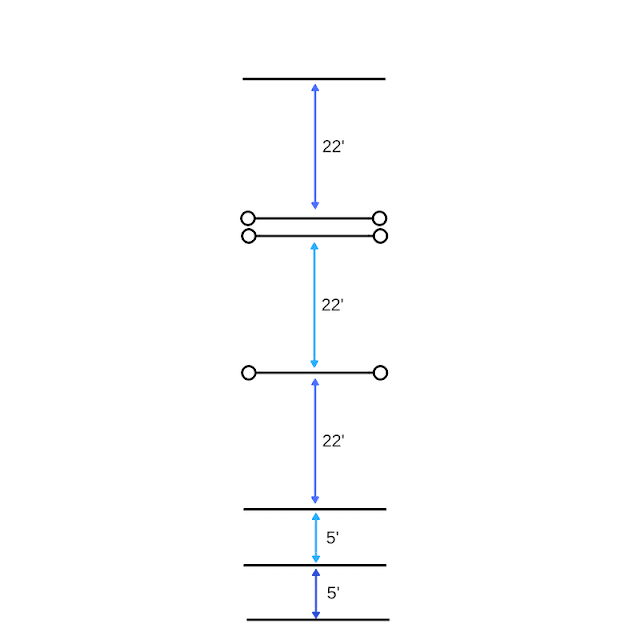
Translation by Valeria Smirnova based on site materials http://www.theridersreins.co.uk.


